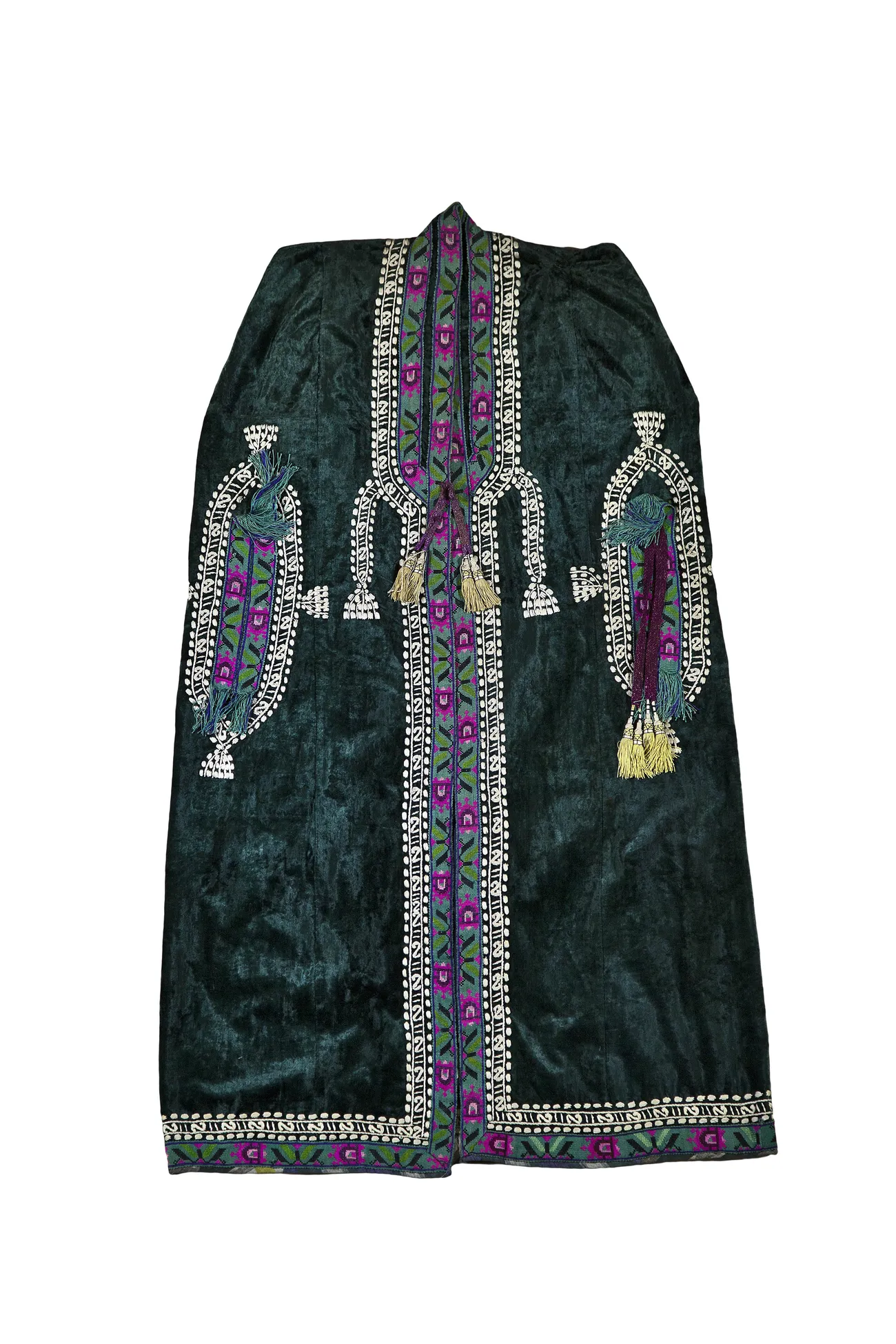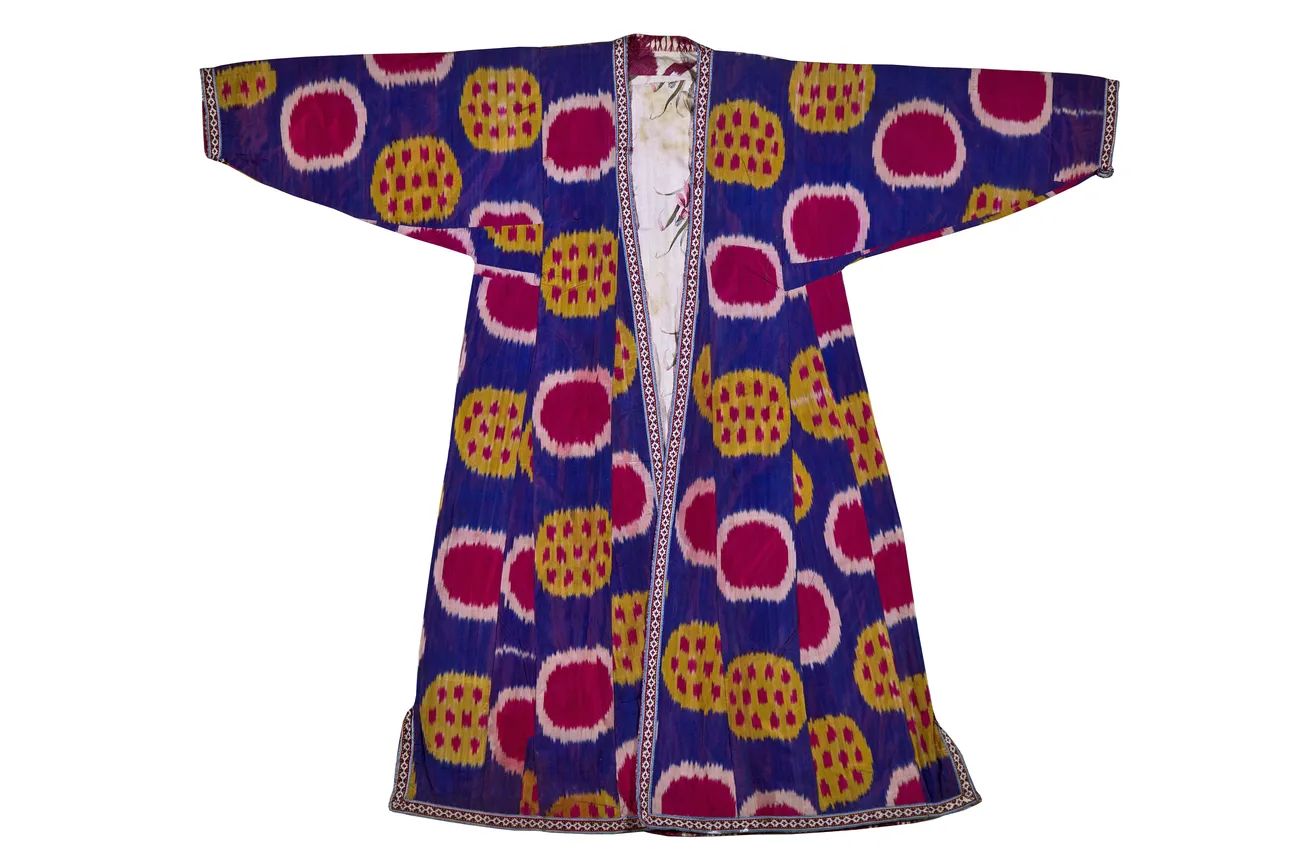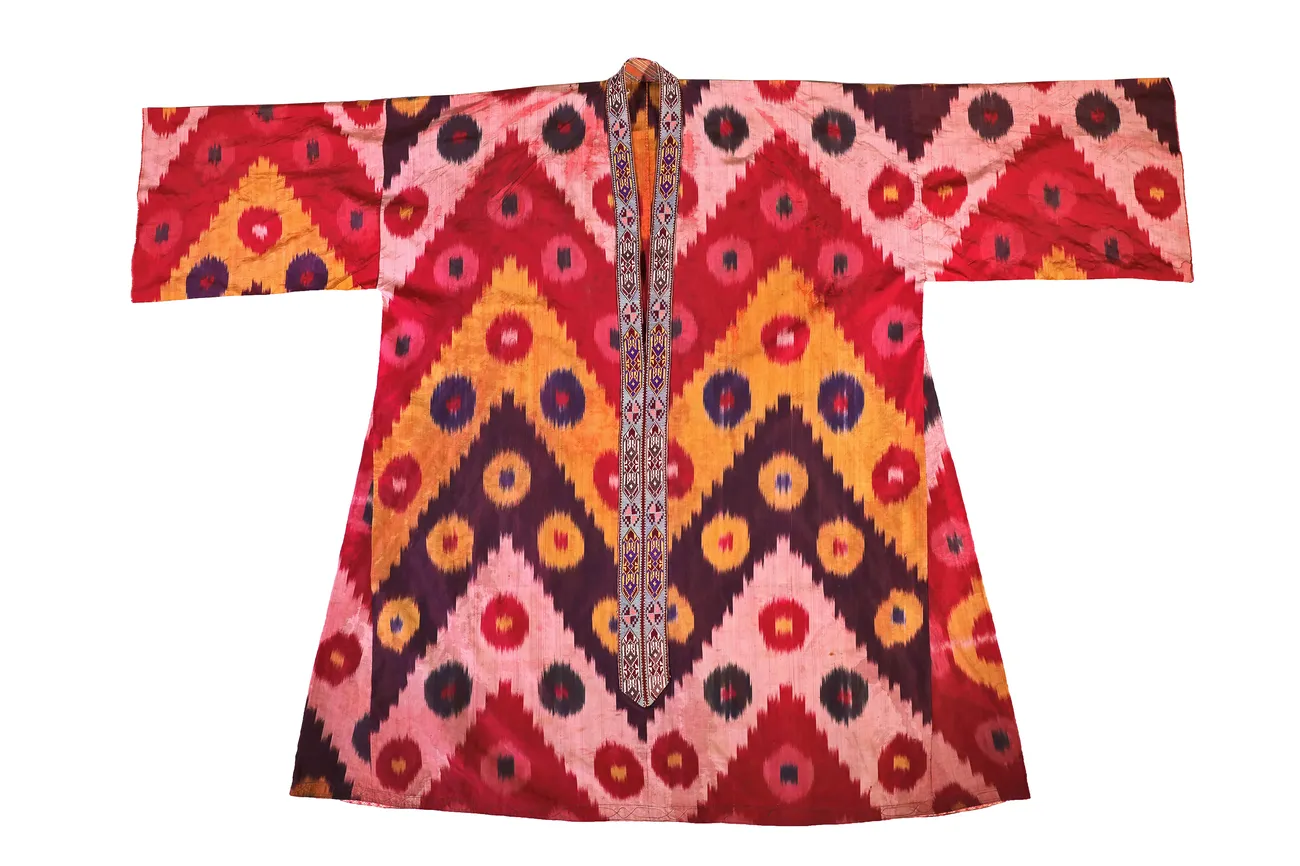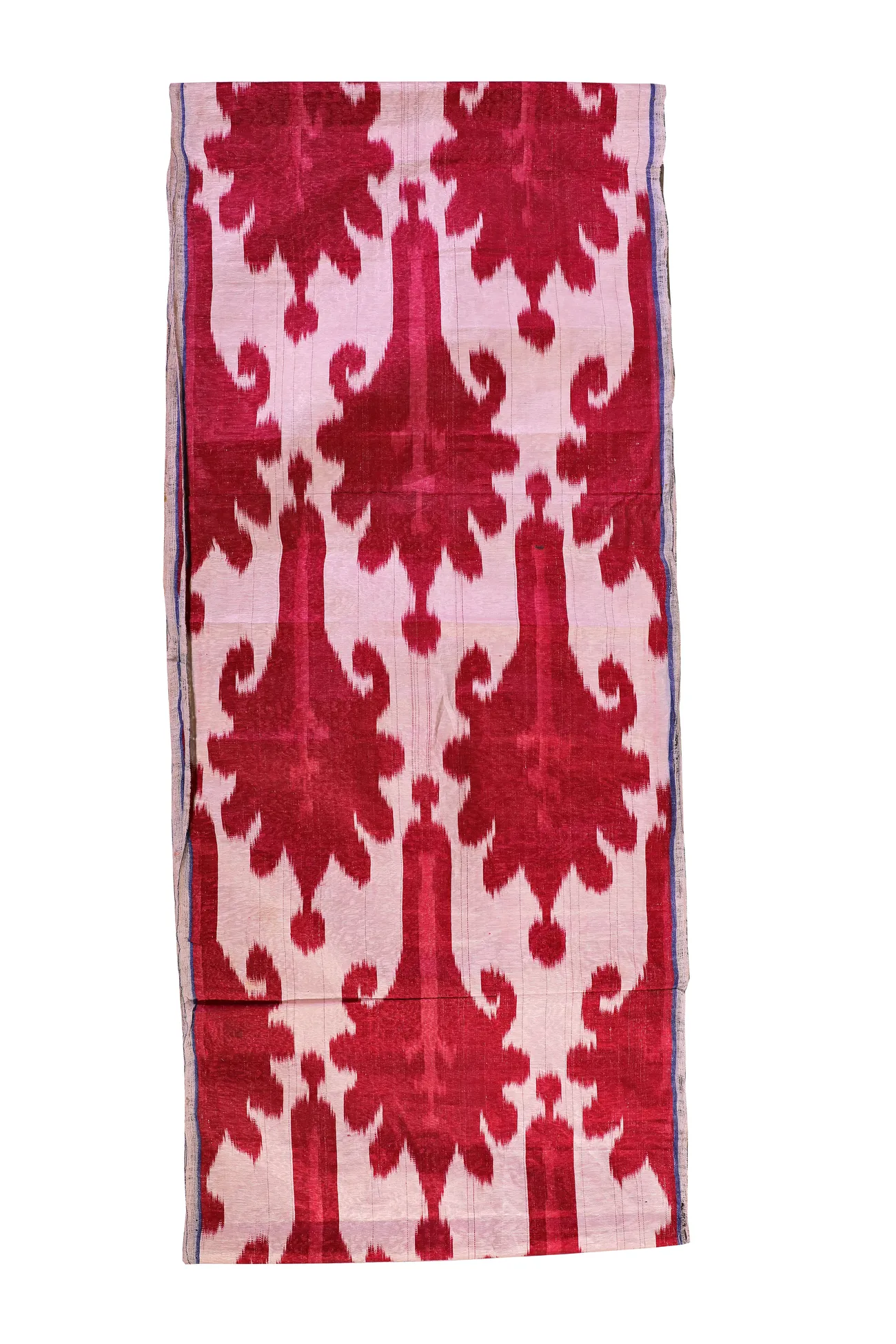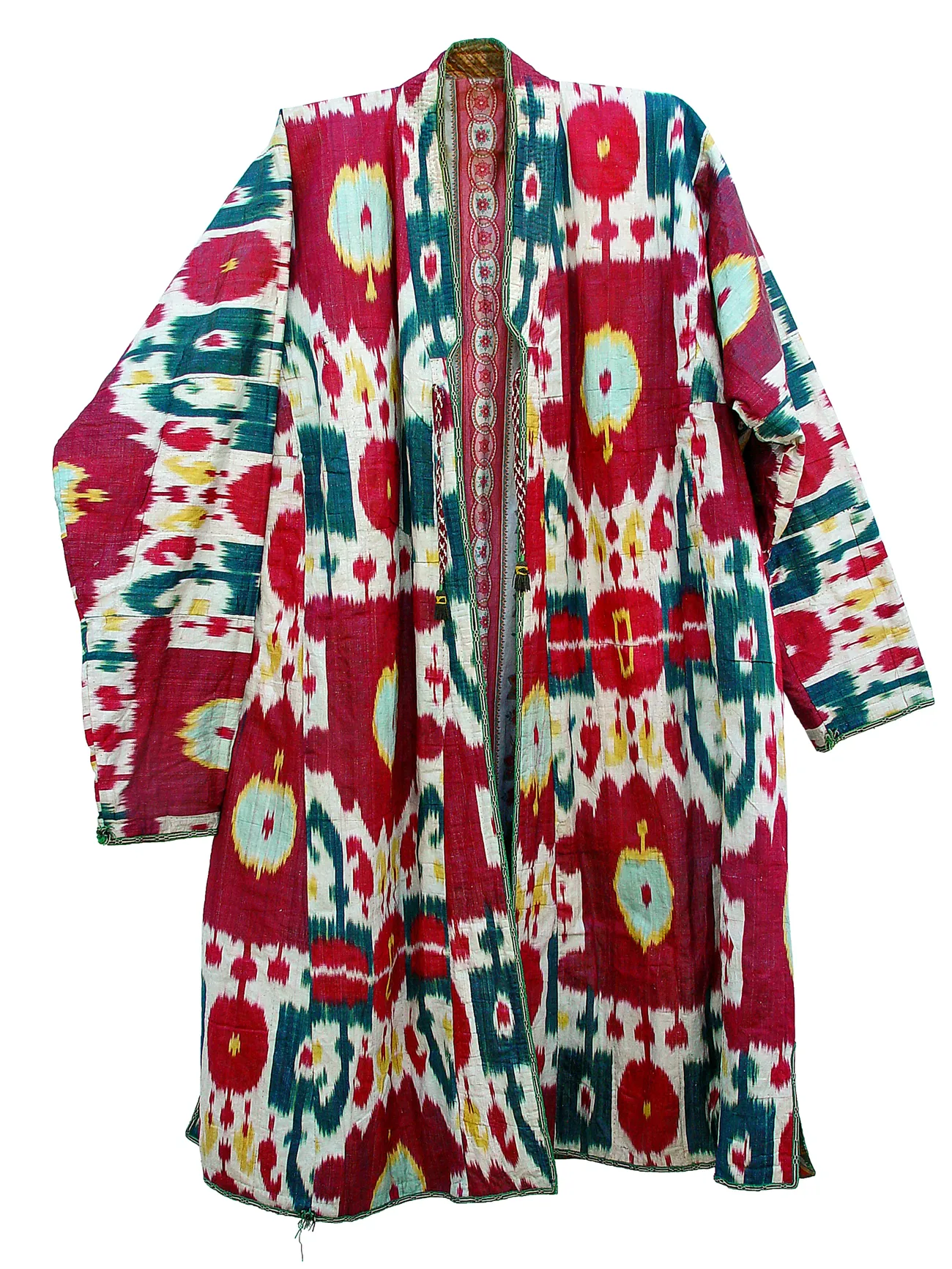The Samarkand Museum has a magnificent collection of traditional Uzbek and Tajik embroidery of the 19th - early 20th centuries. The art of embroidery - the art of patterned embroidery on white cotton fabric - was mainly of two colors: red-black and blue-black. The pattern was applied with the help of wooden huts - seals. The main centers for the development of Uzbek artistic fabrics were formed by the 19th century. Along with cheap simple fabrics for mass consumption, produced in almost all villages and cities at home, special weaving workshops produced amazingly beautiful high-quality cotton, semi-silk, gold-woven, silk and woolen fabrics.
In the second half of the 19th century, weaving in Uzbekistan was the most developed craft industry. Bukhara, Namangan, Margilan, Samarkand, Shakhrisabz, Kitab, Karshi, Khojent, Urgut, Khiva were famous for their fabrics. The most widely used paper fabrics: kalami, alocha, susi; semi-silk: bekasab, banoras, pasma, adras, duruya, yakruya, satin, bakhmal; silk: shoyi, atlas, khan-atlas. Silk, semi-silk, abr fabrics - shoyi, atlas, adras, bekasab, alacha, etc. - contained a wealth of forms and the subtle coloristic skill of their creators.
The Samarkand State Museum-Reserve has a rich fabric collection. Silk, semi-silk and cotton fabrics of various colors and decorative motifs were used for sewing outerwear for men and women. Women's costume of the 19th - early 20th centuries is similar to the men's, with the exception of some types of clothing, headdresses, and jewelry. Traditional shoes are presented in the form of soft leather or fabric boots, decorated with embroidery. The museum presents various samples of traditional Uzbek men's and women's clothing.
You can learn more about the topic in the book-album "Collection of the Samarkand State Museum-Reserve" (XVIII volume) in the series "Cultural Legacy of Uzbekistan in the World Collections".
The main sponsor of the project is the oilfield services company Eriell-Group.
